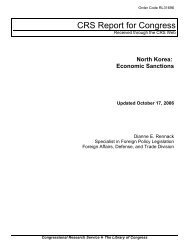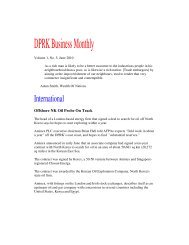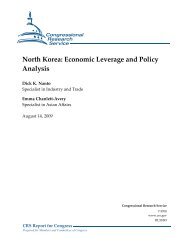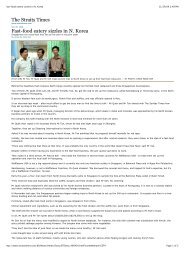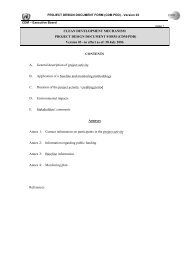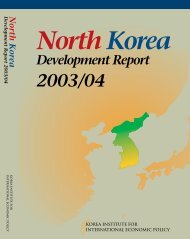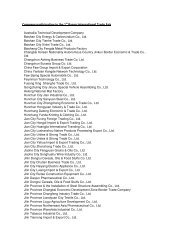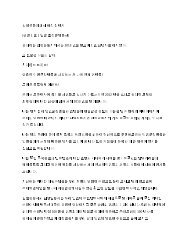North Korean Policy Elites - Defense Technical Information Center
North Korean Policy Elites - Defense Technical Information Center
North Korean Policy Elites - Defense Technical Information Center
Create successful ePaper yourself
Turn your PDF publications into a flip-book with our unique Google optimized e-Paper software.
According to a KCBS scriptwriter who defected in 1996, reporters and writers receive<br />
monthly topic guidelines from the KWP’s Propaganda and Agitation Department. Approved<br />
topics are similar from one month to the next: the greatness of the Kims, the value of “our style<br />
of socialism,” and the corrupt nature of the United States, Japan, and “reactionary” elements in<br />
South <strong>Korean</strong> society. After news items are composed, they are submitted to the writing staff for<br />
review, and then sent up to the director of the news department. 39 As stories work their way<br />
through layers of inspection, they reach the General Bureau of Publications Guidance, and<br />
finally the appropriate news department of the KWP’s Propaganda and Agitation Department.<br />
Important items (e.g., editorials and commentaries) are undoubtedly submitted to Kim Jong-il for<br />
approval. According to one source, most of the copy for newspapers is submitted a month ahead<br />
of time, and over half of the typesetting is completed several days before publication. 40<br />
For the domestic audience, <strong>North</strong> Korea has four national newspapers, one AM radio<br />
station, and three television stations. Also, each province publishes a daily newspaper<br />
comparable to the Pyongyang Daily. The only news agency is KCNA, the <strong>Korean</strong> Central News<br />
Agency, which reportedly employs between 500 and 1,000 people who gather international and<br />
domestic news, process that news, publish some of it internationally in English and other<br />
languages (for example, through the KCNA web site at http://www.kcna.co.jp), and make some<br />
of it available to the domestic news media. 41 Until the mid-1990s, reports out of <strong>North</strong> Korea<br />
indicated that about a thousand top cadres received Chamgo Tongsin (Reference News), a kind<br />
of Early Bird publication that provides not so much news, but challenging current issues to think<br />
about. 42 Reference News may now be distributed on the intranet.<br />
Recent articles in the <strong>North</strong> <strong>Korean</strong> press mention problems in getting newspapers to<br />
readers: “The roles of the functionaries in the post and telecommunications sector are greatly<br />
related with the smooth operation of distribution publications, including the official party paper,<br />
cable broadcasting, and television broadcasting, which carry our party’s voice. . . . Above all, the<br />
post and telecommunications sector must make sure that the publications, including the official<br />
party newspaper, should be immediately distributed without delay.” 43<br />
39 News conference by former <strong>North</strong> <strong>Korean</strong> broadcast scriptwriter Chang Hae-song, KBS-1 Television in Seoul,<br />
June 7, 1996. FBIS-EAS-96-112, June 10, 1996, pp. 37-45 (FTS19960607000179). Also see Yonhap’s <strong>North</strong><br />
Korea Handbook, p. 410.<br />
40 Yonhap’s <strong>North</strong> Korea Handbook, p. 410.<br />
41 Yonhap’s <strong>North</strong> Korea Handbook, p. 410. Also, Yonhap, September 18, 2003. FBIS KPP20030918000039.<br />
42 Paeng Won-sun, “<strong>North</strong> Korea’s News Agency,” Pukhanui Ollon, December 30, 1999, pp. 227-244. FBIS<br />
KPP20031009000077.<br />
43 “Relay Party’s Ideology and Intention to the Masses in a More Timely, Faster Way,” October 6, 2003, p. 3. FBIS<br />
KPP20031106000049.<br />
III-15



